Create a wellbeing garden that improves your health, mindset, wildlife and the environment. Here’s how to get started on creating your own wellbeing garden.
1. Grow Fruits and Vegetables
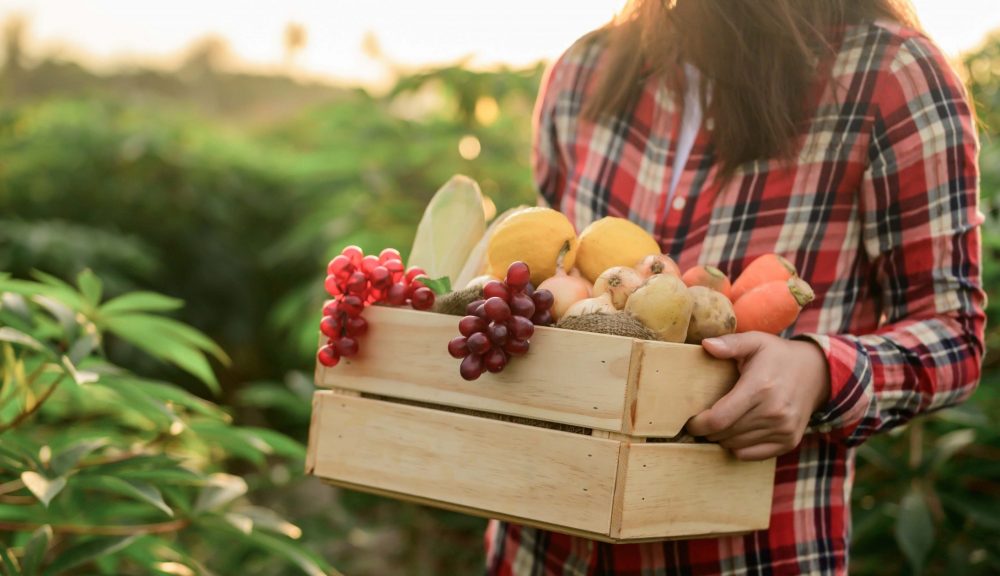
Start to create a wellbeing garden by growing fruit and vegetables, this will encourage you and your friends/family to get outdoors and enjoy the garden. Gardening is a superb way to maintain physical health, it can provide you with a sense of accomplishment as well as fresh fruit and veg! Once you have successfully planted, grown and consumed your own fruit and vegetables, it’s likely your wellbeing will grow stronger too. Incorporate vegetable patches, small greenhouses and potting benches to make the process easier. If you want to start small, read our Top Tips for growing scrumptious tomatoes.
2. Grow Lavender
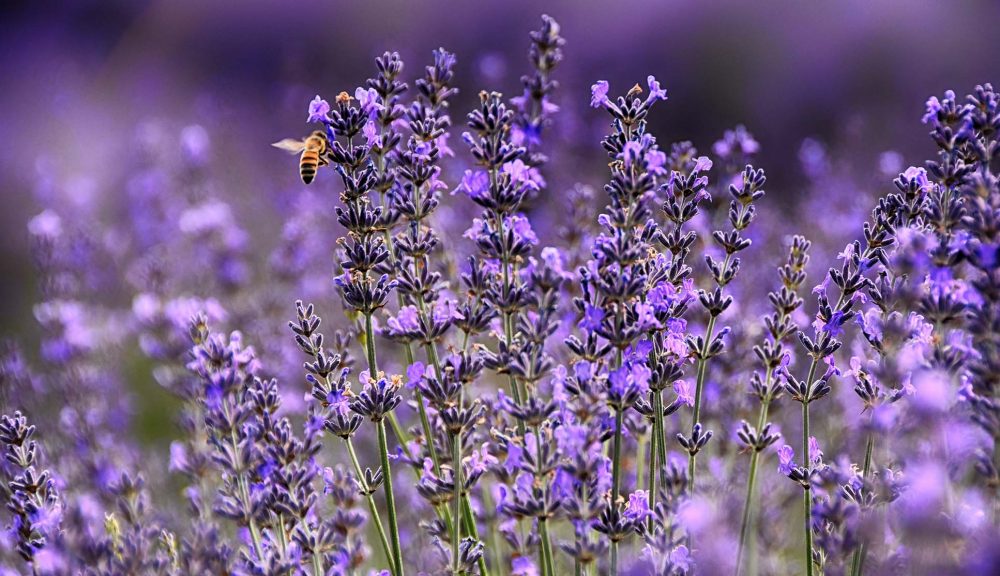
Planting lavender is an effective way to help create a wellbeing garden. It can offer therapeutic benefits, it smells amazing and always looks great in gardens. Lavender is an easy plant to grow and maintain, blooming year after year. Being an effective pollinator, it is perfect for attracting bees and butterflies to your garden. If you have a surplus amount of lavender, try drying some and placing them into pouches to add under your pillow or in rooms around your home.
3. Install a Pond
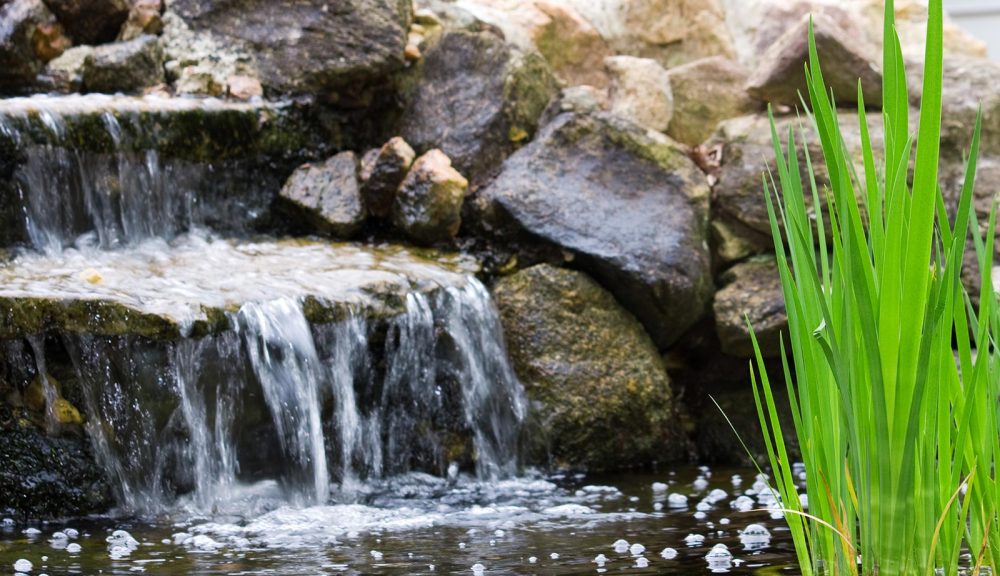
Installing a pond in your garden is a brilliant way to promote calmness and tranquillity. Learn how to set up a pond system here. Plants will flourish when placed around ponds, expect to see more wildlife visiting your garden too! It can be very relaxing sitting alongside your pond, especially when installing a water feature. This is a great way to create a relaxing focal point within your garden, promoting wellbeing and calmness. Take a look through our aquatics range to find the perfect pond products for you.
4. Plant Bright Flowers
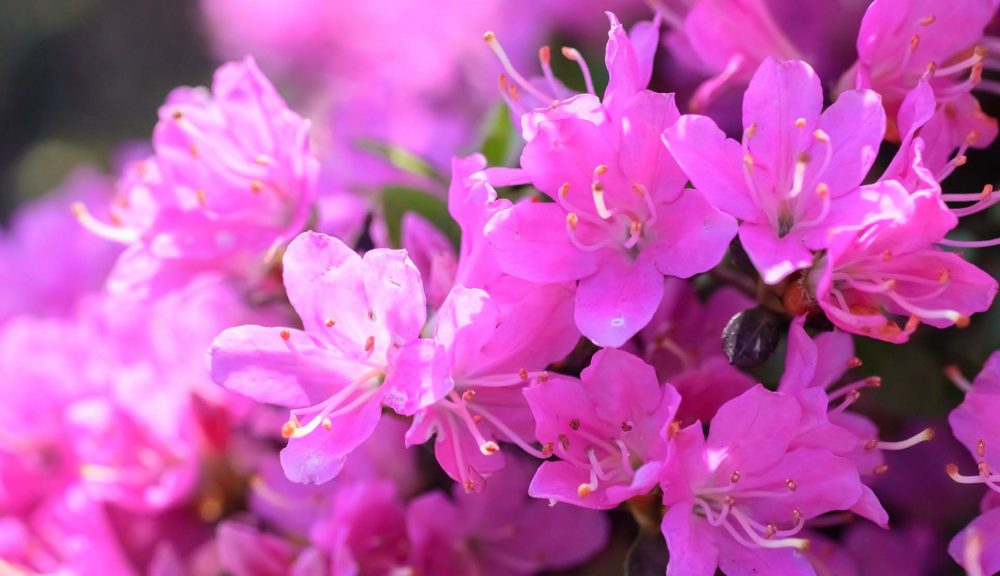
Colourful flowers are always a great addition to any garden. Flowers can simply be purchased in pots that are ready to be planted, or you can grow your own plants from seed. Tulips are a great example as they promote happiness and hope. Wildflower seeds are also an ideal way to add colour to a garden, whilst attracting bees and butterflies at the same time. Flowers also help mindfulness not only through their great variety of colours, but also their smells too! Take a look at our Top 10 Best-Smelling Plants For Your Garden for more inspiration.
5. Hide Messy Areas
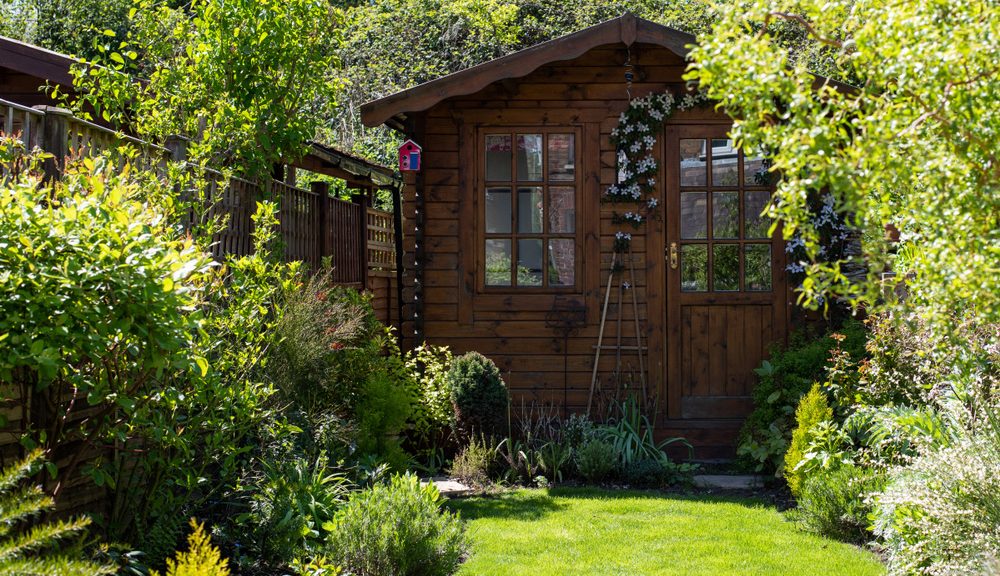
Improve your wellbeing within your garden by hiding any mess or clutter within the space. If there are areas that can’t be moved (sheds, potting benches or greenhouses), try hiding them with plants and shrubs to keep the spaces separate. You can also separate a section off from your wellbeing garden with the use of bamboo, shrubs and hedging. This way you will have a clear distinction between the two parts of your garden. Or, you can try to incorporate them into the space by adding ornaments and similar plants around the outbuildings. Storage solutions are also very beneficial to keep clutter to a minimum.
6. Soundproofing

Soundproofing your space will help you create the perfect wellbeing garden. If there are noises nearby that you cannot control, you can use various plants and hedging to help limit the noise levels. Bamboo helps to mask noise with leaves that rustle in the breeze. Beech holds a great form and appealing leaf colour. Its leaf shape is effective in limiting noise. Laurel is an ideal hedging plant that can fit in tight spaces. If placed near a source of noise, its dense spreading habit can reduce sound.
7. Pollutant Capturers
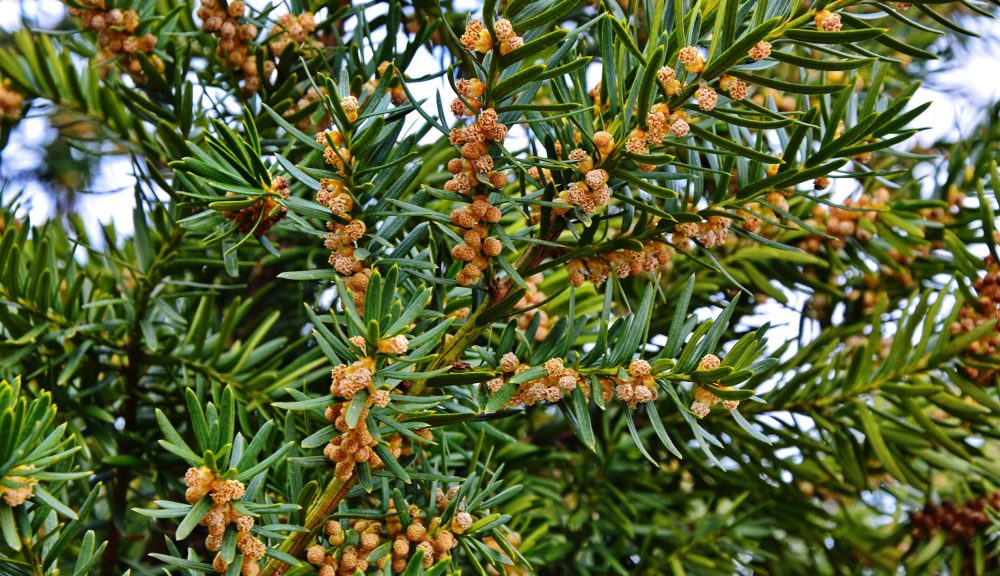
Creating a wellbeing garden can help your mindset and the surrounding environment too. Adding certain plants and hedges to your garden will help capture more pollutants than others. English yew is a dense hedge that can be formed into some amazing shapes. An ideal pollutant capturer that has a large surface area and grows well. Hawthorn is a popular choice for hedgerow mixes. It also provides a thorny retreat and protection for any nesting birds. Holly is a combination of dense growth and waxy leaves, it performs well against pollutants too.
8. Scented Herbs
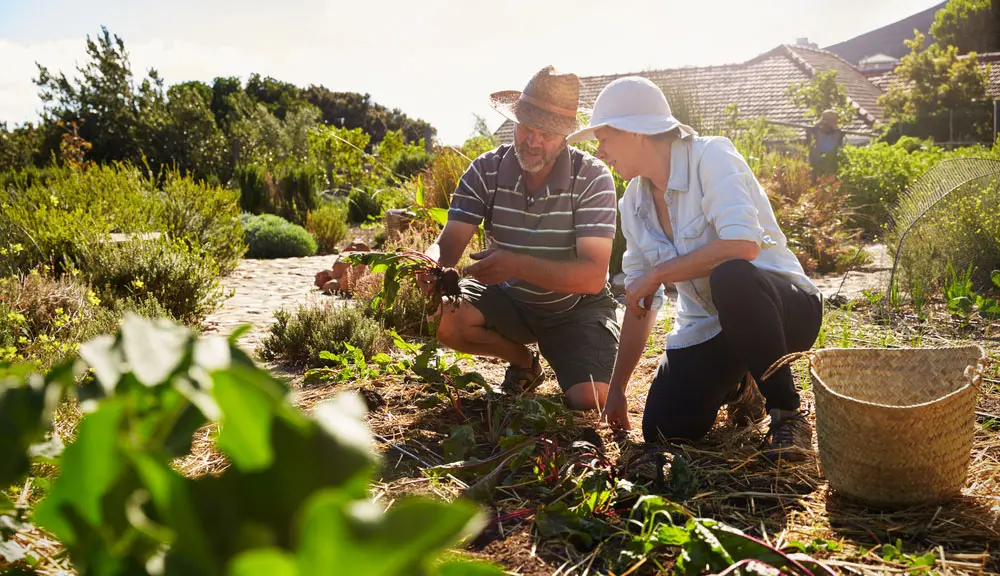
Adding scented herbs to your garden will aid in the wellbeing benefits to your space. There is a noticeable difference in mood when stepping into a garden that smells amazing, as your senses will be figuring out all these lovely smells. Rosemary can be used in cooking, it is also proven to help reduce anxiety, improve mood, memory and assist in relaxation. Peppermint will help in alertness, memory and reduces stress, however it can take over your garden quickly. Thyme is an ideal herb that will release its scent when stepped on or cut.
We hope you enjoyed reading our blog on How to Create a Wellbeing Garden. For further inspiration, you can visit the RHS Wellbeing Garden. If you have made it this far, make sure to leave a comment below on your experience with gardening for less!




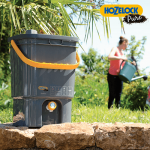


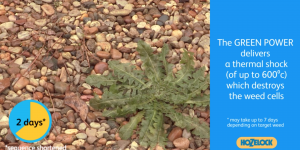
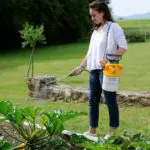



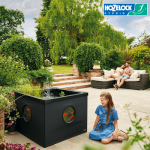



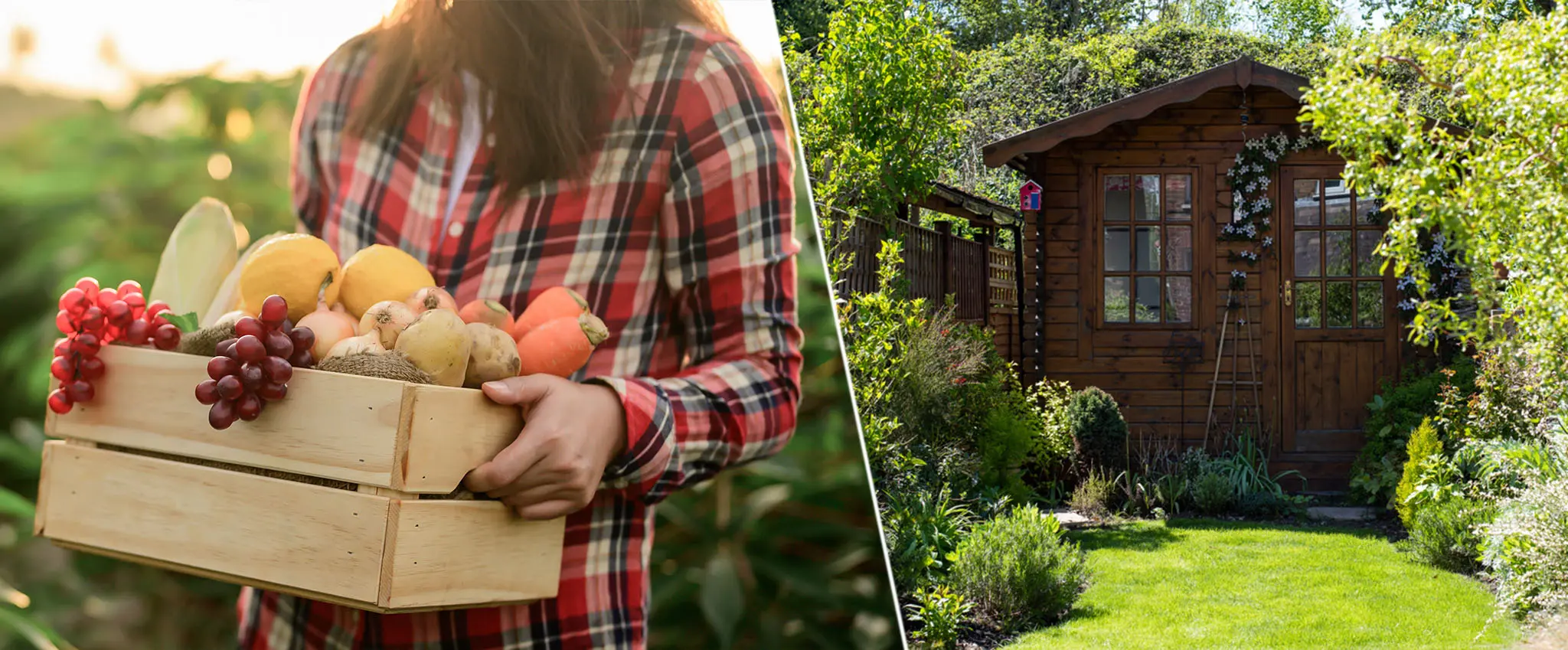


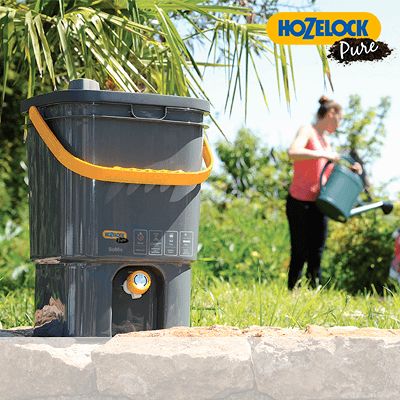
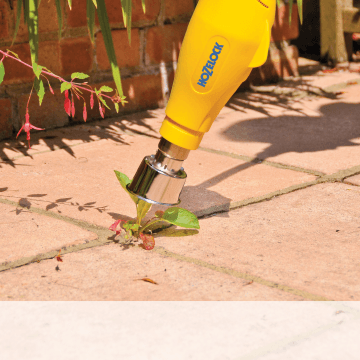
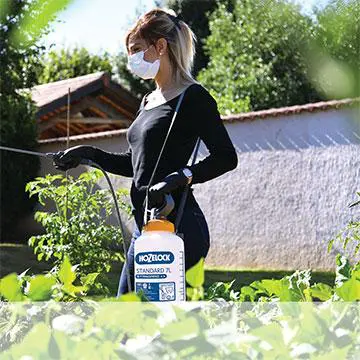

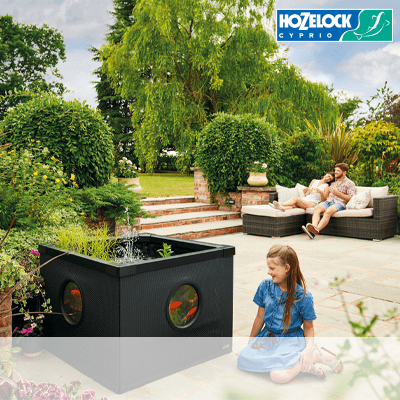
I found this article on creating a wellbeing garden really informative, particularly the section on hedging. I had no idea that different types of hedges could provide so many benefits, from creating a natural windbreak to attracting wildlife. I’m definitely going to consider adding some hedging to my own garden now. Thanks for sharing this great advice!